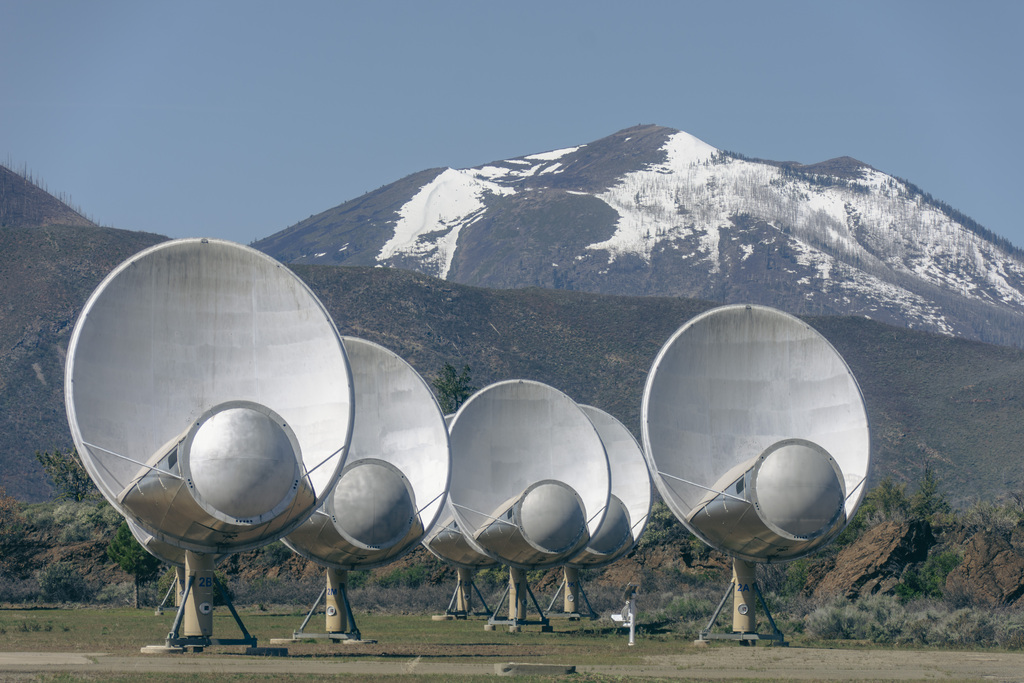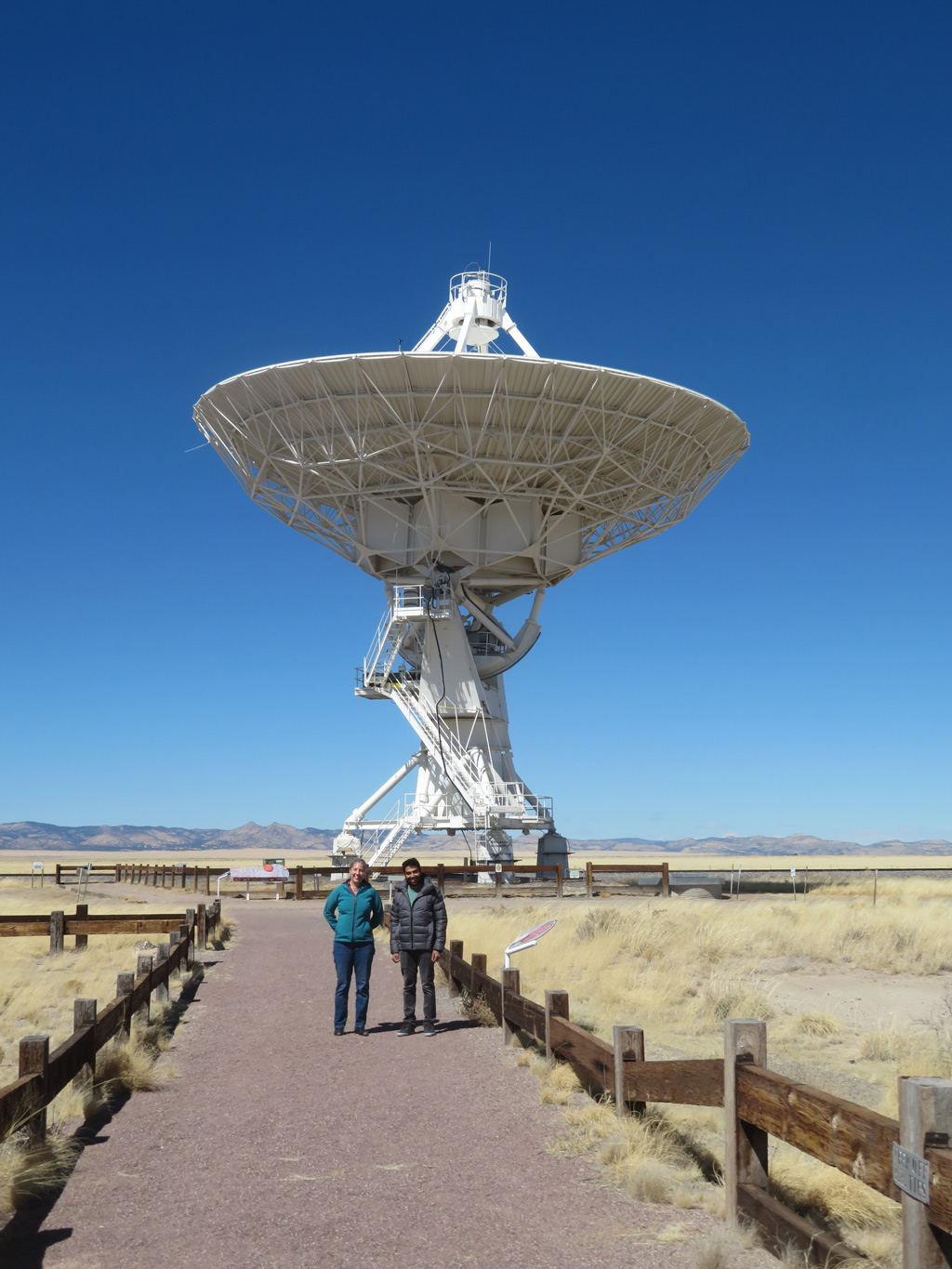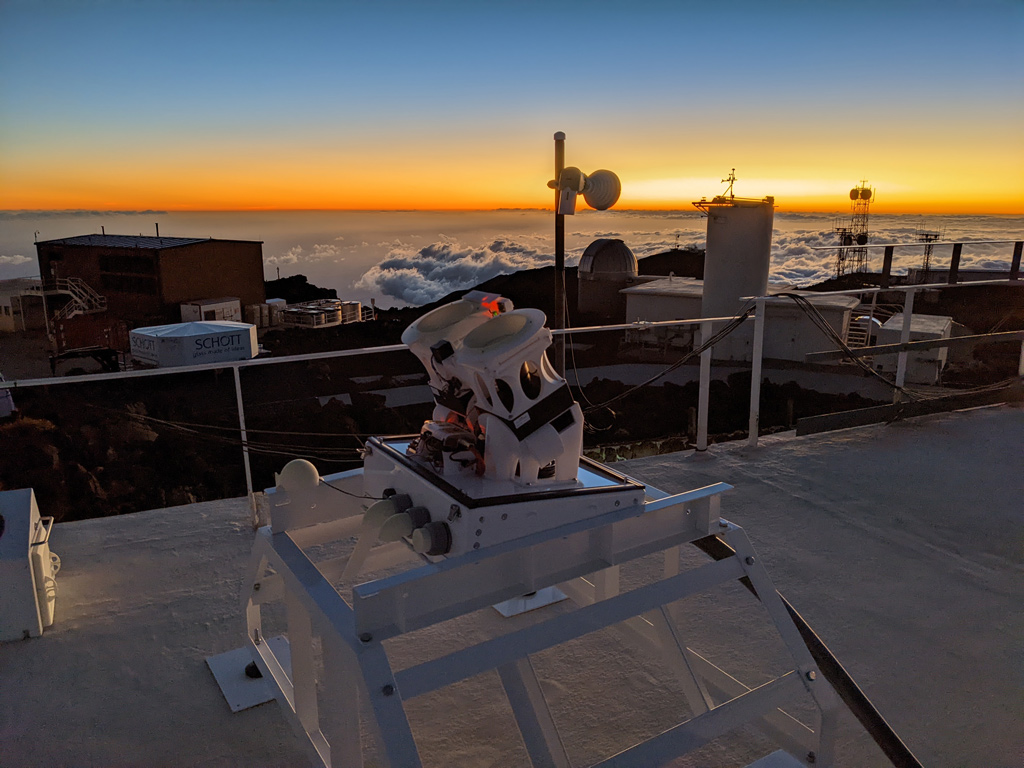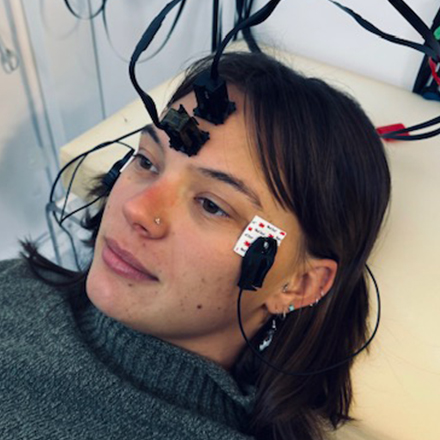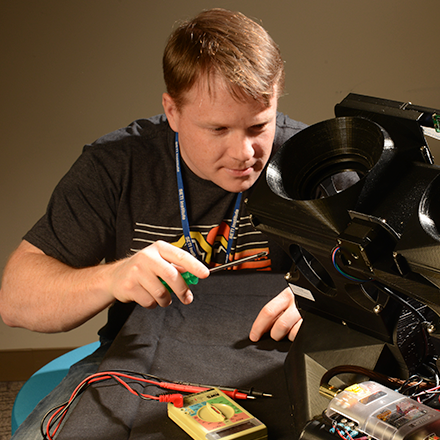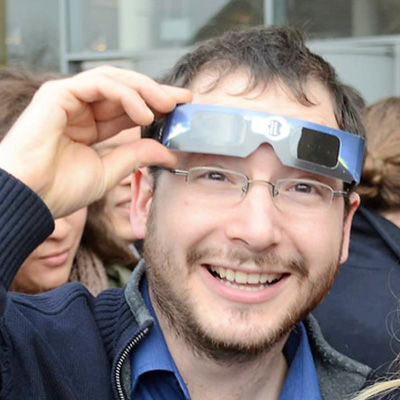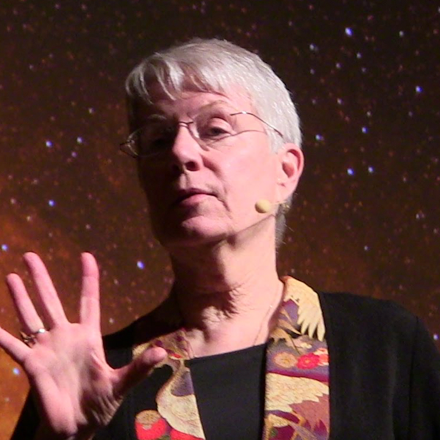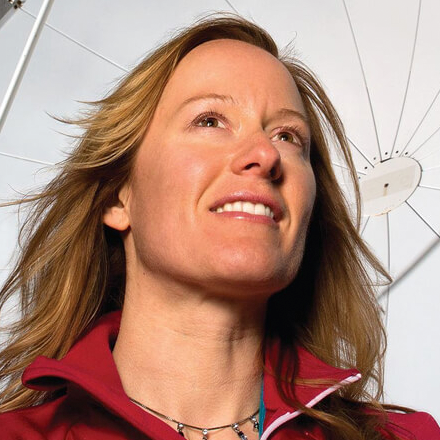The ATA at the Hat Creek Radio Observatory
Central to this work is the Allen Telescope Array (ATA), a radio interferometer in Northern California designed specifically for SETI and radio astronomy, owned and operated solely by the SETI Institute. Researchers use the ATA to scan the sky for narrowband radio signals, potential technosignatures that could arise from extraterrestrial technologies. Advanced signal processing, machine learning, and real-time computing techniques sift through enormous volumes of data to identify patterns not easily explained by natural astrophysical sources or human-made interference. Researchers are also exploring a broader range of potential technosignatures, including pulsating radio beacons and transmissions that defy known astrophysical propagation laws.
COSMIC at the Karl G. Jansky Very Large Array
COSMIC, short for Commensal Open-Source Multimode Interferometer Cluster, is another SETI Institute project based at the Karl G. Jansky Very Large Array (VLA) in New Mexico, operated by the National Radio Astronomy Observatory (NRAO). COSMIC uses a network of computers and signal processing tools to listen to the sky in real time. It collects data from each of the VLA’s radio dishes and analyzes it for unusual signals that might indicate alien technology. Designed to be flexible and powerful, the COSMIC system can run many types of analyses simultaneously, making it one of the most advanced efforts ever launched to search for signs of intelligent life beyond our solar system.
LaserSETI
Scientists search for technosignatures across the entire electromagnetic spectrum, not just in radio waves. One example is LaserSETI, a SETI-Institute-based project designed to detect ultrashort optical flashes lasting just a few nanoseconds (a billionth of a second), with no known natural origin. LaserSETI aims to establish a global network of high-speed imaging systems capable of continuously monitoring the entire sky for these fleeting events. Other optical SETI initiatives include the search for signs of large-scale alien engineering, such as “megastructures" orbiting stars. Unusual dips in a star's brightness—light curves that don’t match patterns from natural phenomena like exoplanet transits—could reveal these technosignatures.
In addition, SETI Institute scientists are exploring whether advanced technologies might emit infrared waste heat. Just as human infrastructure radiates heat, large-scale alien technologies could produce excess thermal energy detectable as “leakage” infrared radiation from energy-intensive extraterrestrial civilizations.
SETI is no longer considered fringe science: it is now an active and rigorous area of research that builds upon decades of technological and scientific progress. The SETI Institute’s mission is not just to detect a signal, but to understand our place in the universe, and what it means if life, especially intelligent life, is a common outcome of cosmic evolution.
SETI Researchers
News
SETI Research
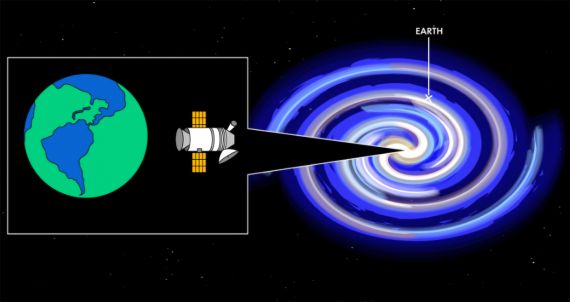
Earth Detecting Earth
Figure 1. The maximum distances that each of Earth’s modern-day technosignatures could be detected at using modern-day receiving technology, in visual form. Also marked are various astronomical objects of interest. #SETI #LaserSETI #ATA #ATA News #COSMIC #Hat Creek Radio Observatory #Optical SETI
Could This New Telescope Help Us Find the Aliens?
#SETI #LaserSETI #ATA #ATA News #COSMIC #Hat Creek Radio Observatory #Optical SETI
)
